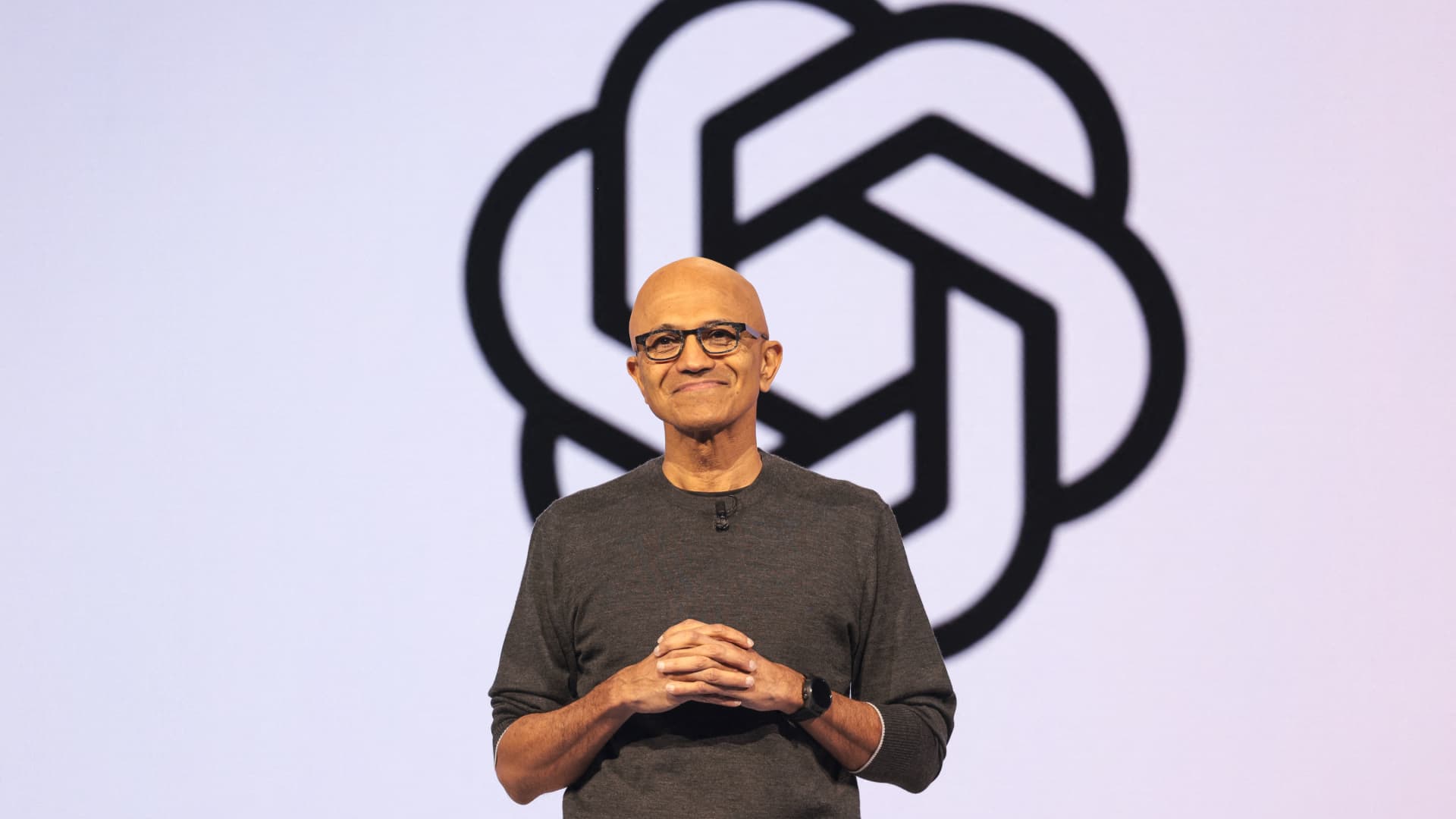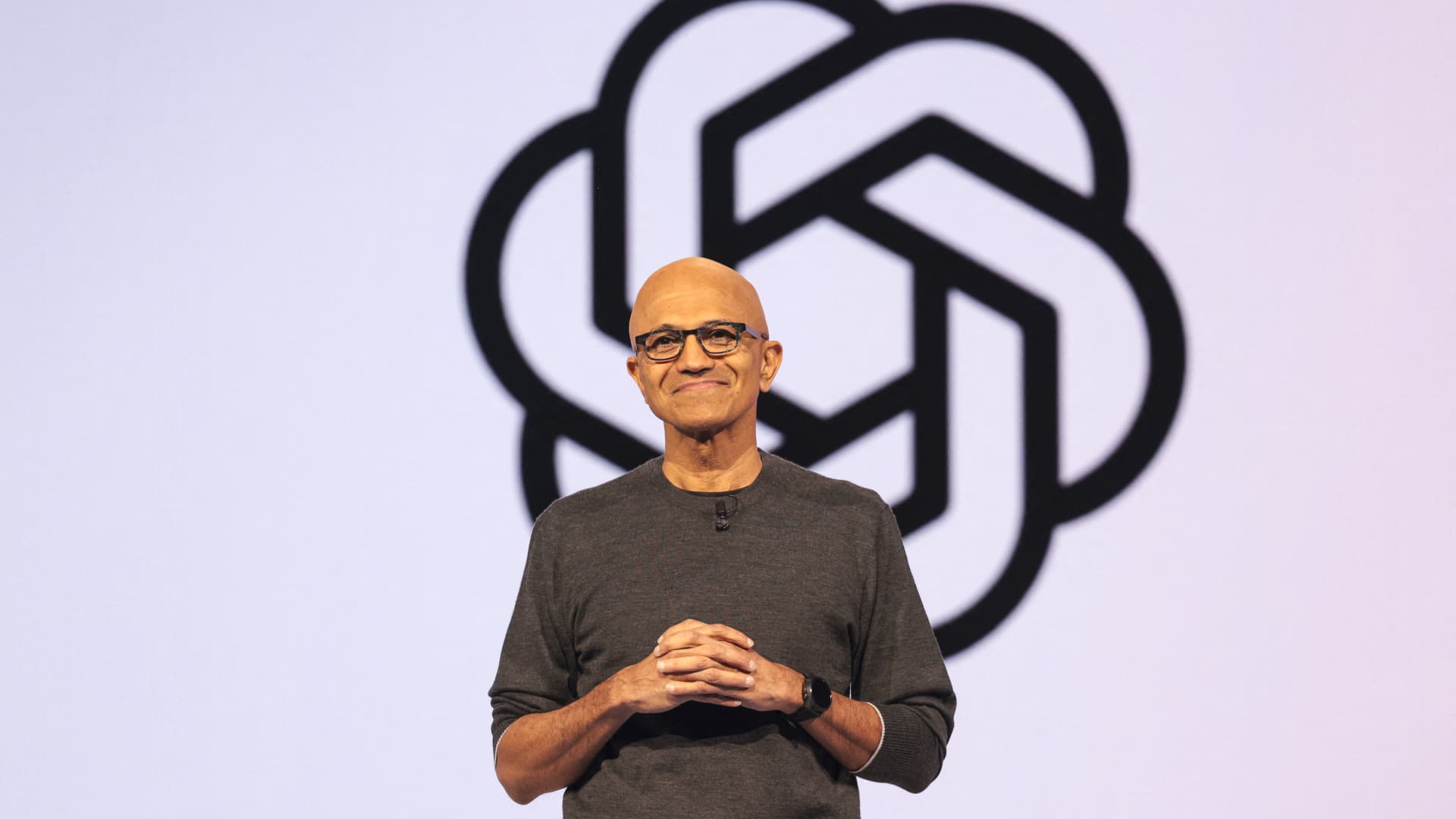The Evolving Dynamics of Microsoft and OpenAI: A Strategic Analysis
Introduction
The partnership between Microsoft and OpenAI has been a cornerstone of modern artificial intelligence development. Over the years, this collaboration has driven significant advancements in AI technology, benefiting both companies and the broader tech industry. However, as the AI landscape evolves, so does the relationship between these two giants. This report explores the intricacies of their partnership, the emerging tensions, and the potential futures that lie ahead.
From Investment to Intertwined Destinies
Microsoft’s initial investment in OpenAI in 2019 marked the beginning of a strategic alliance that has since become a model for tech partnerships. Microsoft’s substantial financial backing, totaling nearly $14 billion, was not merely an act of philanthropy but a calculated move to secure access to cutting-edge AI research. This investment allowed Microsoft to integrate OpenAI’s innovative models into its own ecosystem, including Bing, Office 365, and Azure.
The partnership was mutually beneficial. OpenAI gained access to Azure’s robust computing infrastructure, which was crucial for training large-scale AI models like GPT-3 and its successors. Microsoft, in turn, leveraged these models to enhance its products and services, solidifying its position as a leader in the AI revolution. The revenue-sharing agreements between the two companies ensured that both parties would financially benefit from the increased use of their technologies.
Moreover, Microsoft became OpenAI’s exclusive cloud provider, powering all of OpenAI’s workloads through Azure. This arrangement not only provided OpenAI with the necessary computational resources but also reinforced Microsoft’s role as a key enabler of OpenAI’s research and development efforts.
The Cracks Begin to Show: Independence and Internal Ambition
Despite the initial success of the partnership, signs of strain have begun to emerge. OpenAI is increasingly seeking greater independence, while Microsoft is simultaneously developing its own AI capabilities. This shift suggests a more complex and potentially competitive future for the two companies.
OpenAI’s desire for autonomy stems from its ambition to push the boundaries of AI innovation. While the partnership with Microsoft provided essential resources, it also imposed certain constraints that limited OpenAI’s flexibility. To explore new avenues and maintain its competitive edge, OpenAI requires the freedom to operate independently.
Meanwhile, Microsoft is hedging its bets by investing in its own AI development. The MAI-2 project, though currently lagging behind OpenAI’s advancements, represents Microsoft’s long-term vision for AI competitiveness. This initiative indicates a move towards self-reliance, driven by concerns about consistent access to OpenAI’s technology and strategic considerations.
Governance, Equity, and Funding: The Devil in the Details
The evolving relationship between Microsoft and OpenAI is not solely about strategic differences. Disagreements over governance, equity stakes, and funding structures are also contributing to the growing tension. Industry observers suggest that a potential fallout between the two companies could have significant consequences, reshaping the competitive landscape and redefining how AI innovation is financed and governed.
Microsoft reportedly owns 49% of OpenAI’s for-profit subsidiary, which means it shares in OpenAI’s financial success and struggles. However, as OpenAI seeks greater independence and explores alternative funding models, this equity stake could become a point of contention. The potential for conflict arises from differing visions for the future of AI and the role each company plays in that future.
The Competitive Landscape: What Happens if Microsoft and OpenAI Compete?
The possibility of Microsoft competing directly with OpenAI raises several important questions. If Microsoft shifts from partner to competitor, it could significantly impact OpenAI’s revenue stream and Microsoft’s return on investment.
A direct competition scenario could lead to a more fragmented AI market, with multiple players vying for dominance. This could potentially accelerate innovation as companies compete to develop the most advanced and commercially viable AI solutions. However, it could also lead to increased costs and complexities for customers who would need to navigate a wider range of options.
Strategic Implications and Future Scenarios
The evolving relationship between Microsoft and OpenAI has far-reaching strategic implications for the AI industry. Several potential future scenarios could unfold:
Continued Collaboration
Despite the emerging tensions, Microsoft and OpenAI could find a way to maintain a collaborative relationship. This would likely involve renegotiating the terms of their partnership to address OpenAI’s desire for greater independence while ensuring Microsoft retains access to its cutting-edge technology. This scenario hinges on both parties finding common ground and aligning their strategic goals.
Gradual Divergence
Microsoft and OpenAI could gradually drift apart, with both companies focusing on their respective AI initiatives. This could lead to a more competitive market, with Microsoft and OpenAI vying for market share in different segments of the AI landscape. This scenario assumes that the core disagreements are irreconcilable and that both companies are confident in their ability to succeed independently.
Complete Separation
In a more drastic scenario, Microsoft and OpenAI could completely sever their ties. This would have significant consequences for both companies, forcing them to adapt to a new reality without the support of their former partner. This outcome is the least likely, but it remains a possibility if the disagreements over governance, equity, and funding become insurmountable.
The Future of AI Innovation
Ultimately, the evolving relationship between Microsoft and OpenAI will shape the future of AI innovation. Whether they remain close partners, gradually diverge, or completely separate, their actions will have a profound impact on the competitive landscape and the direction of AI development. The next few years will be critical in determining the long-term trajectory of this crucial partnership and its influence on the wider AI ecosystem.
A New Era Dawns
The partnership between Microsoft and OpenAI has undeniably accelerated the progress of AI. As OpenAI seeks greater autonomy and Microsoft invests in its own internal AI development, the landscape is shifting. This evolution, while potentially fraught with challenges, also presents new opportunities for innovation and competition, ultimately pushing the boundaries of what’s possible in the world of artificial intelligence. The future remains unwritten, but one thing is clear: the next chapter in the Microsoft-OpenAI saga will be one to watch closely.












